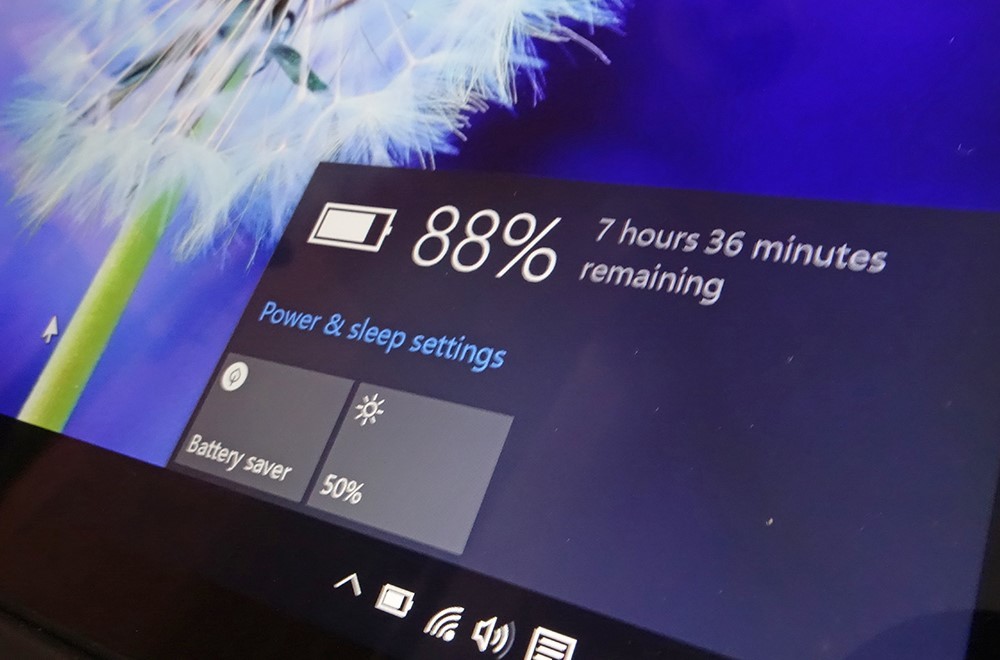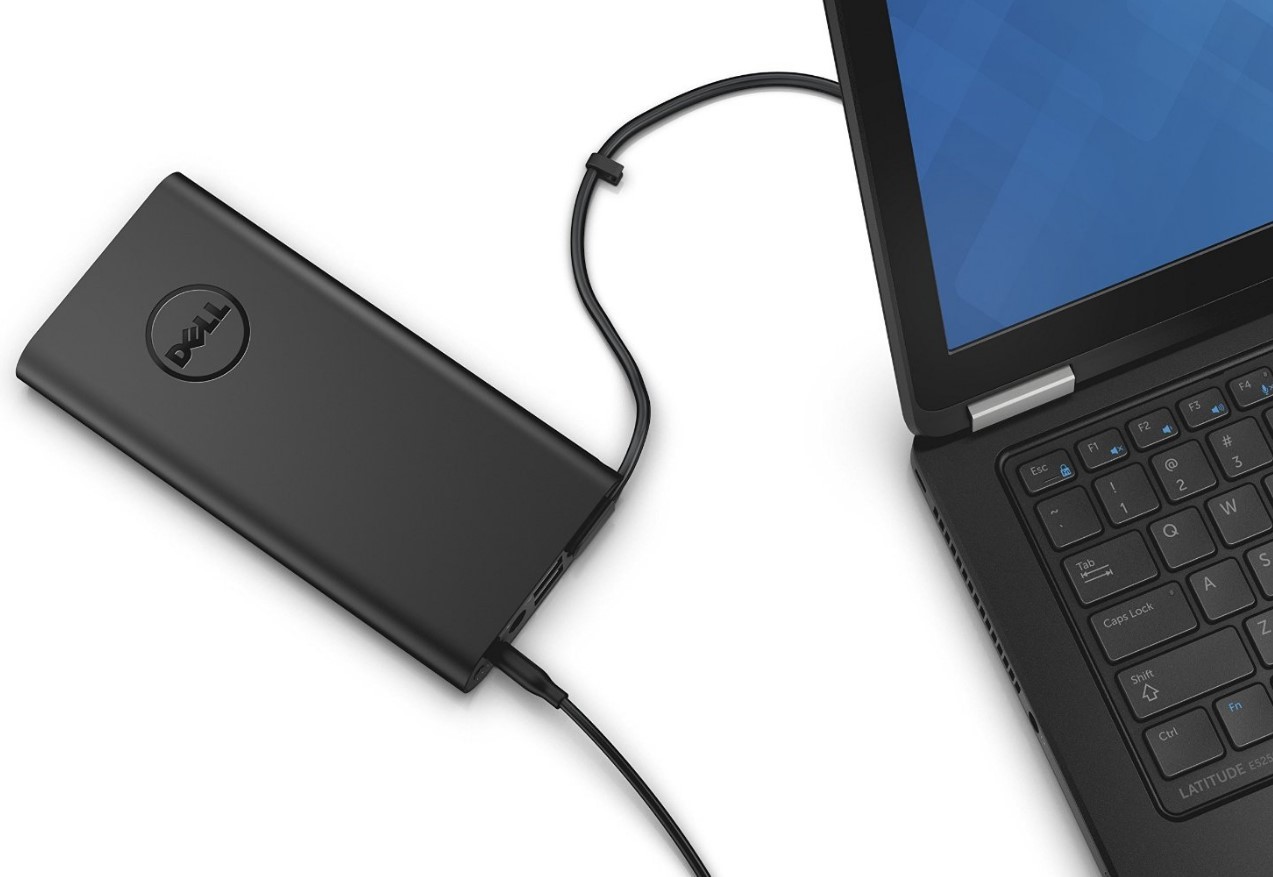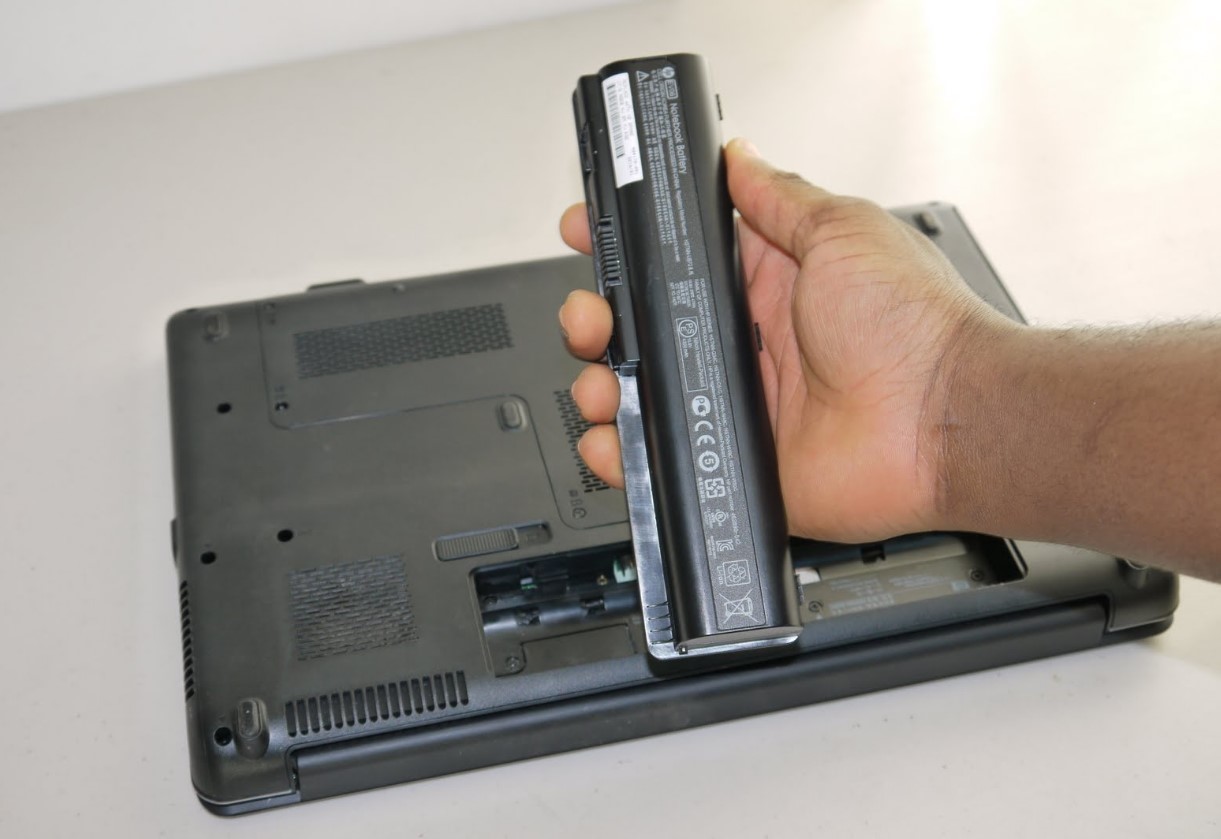Batteries of our mobile devices have become protagonists of our user experience, but a lot are also critical components in laptops do. Has the technology integrated in these batteries improved? What is the best way to squeeze these components and extract the most out?
This is what we will try to explain by clarifying some of the most important myths and realities of portable batteries. If you want to know when you should charge your laptops, if you must have them plugged in all the time or what happens with the recharge cycles, attentive.

1. There are two major types of batteries
In our laptops we usually find two types of battery: lithium ion and lithium polymer. Both are characterized by their already consolidated mass production -which has allowed to lower the price of these components- and their good behavior except at high temperatures, something we will talk about later.
The fundamental difference between the two is the way in which the lithium salt is contained in these batteries: while in the lithium ion batteries that component is contained in a liquid organic solvent, in the lithium polymer the continent is a polymeric compound similar to a gel.
2. Have them plugged in as much as you want
One of the first questions that laptop users often ask is what happens when you work with your laptop at home or at the office. Should you always leave it connected? Should it be disconnected at a certain time so that the battery does not degrade? Does leaving it connected all the time can cause some kind of overload?
The answer is simple: you can leave your laptops plugged in as long as you want, because there is no danger of overloading the laptop. As soon as the battery is fully charged that process stops, and does not start again until the battery voltage falls below a certain level.

3. Do not leave the laptop completely unloaded for a long time
When you use the laptop without being plugged in, there comes a time when the low battery warnings appear that the operating system shows and remind us that we should recharge the laptop.
If we do not have the charger or a plug nearby there is no major problem, because we can exhaust the battery to the maximum, let the computer turn off due to lack of battery and perform that battery recharge later. However leaving that battery discharged for a long period of time can place that component in a deep discharge state (another way to indicate the state of the load) that could never be recovered again.
Lithium-ion batteries have a protection circuit that prevents “abuse” of the battery. This means that, among other things, the battery does not become unusable if it is “overloaded”, but that mechanism does not always work. When the batteries are “asleep” the chargers offer a small boost charge -pulses of very short duration but very high voltage – to activate that protection circuit, and if it is detected that one of the cells begins to charge, the process starts normal. Unfortunately, this mechanism does not always work,
4. How is the state of a battery measured?
This concept of the previous section leads us to another important concept: how to describe the state and condition of a battery. There are several types of ways to present it , but the most widespread is the state of charge (State of Charge, SOC), which is a percentage of the maximum capacity. Another way of expressing it is the depth of discharge (Depth of Discharge, DOD), which is also a percentage of the maximum load: it is usually accepted that 80% of DOD means having entered a deep discharge phase, and this it is dangerous.
Other measures are the voltage of the terminal – it would be with the SOC and the load and discharge current -, the voltage of the open circuit – the one that exists between the terminals of the battery when there is no load applied – and the internal resistance , which varies and depends on the state of charge: as the internal resistance increases, the efficiency of the battery is reduced and the thermal stability is reduced because more and more charging energy is converted into heat. Bad business again.

5. Do not count sheep, count recharge cycles
All batteries of this type have a certain lifespan that is measured in recharge cycles . There is no standard that specifies what constitutes a recharge cycle in a detailed way, but it is usually assumed that a full recharge cycle is applied when we recharge the battery (again, it is not accepted that it has to be fully charged) after being downloaded by below 20%.
The way to count those load cycles varies according to the manufacturers, but Apple gives a good example of how they do it: “You could have used half of your laptop’s load one day and you could recharge it completely. the next day, that would count as one charge cycle, not two, so it could take several days to complete a charge cycle.”
As explained in that same document, it is recommended to replace the battery once the maximum number of load cycles is reached. We can continue using that battery, but we will notice an inevitable reduction in the autonomy of these batteries that will be aggravated over time, something that they explain very well in Battery University . There they commented for example how even during the first year of use the batteries do not manage to give 100% of their capacity: on the one hand their storage makes them lose capacity, but on the other the manufacturers give often optimistic data because “they know that few users they will check that capacity and they will complain.”
Each laptop is a world because it integrates batteries of different capacities and with subtle differences that can make the number of recharging cycles supported vary. In Apple they offer an estimation of their equipment in which we see quantities that go from the 300 cycles of the old models to the 1,000 of the new ones. Not many manufacturers make it so clear, and for example in the Dell XPS 13 was criticized that this number came only theoretically to 300 cycles, something that would mean an extra cost for users who would like to keep at bay that section.
You may also like to read: SSD against hard drive: This way a notebook performance improves
6. Heat, the great enemy of batteries
If there is an element that affects the useful life of the batteries, that is the heat. Not only that: it is also a parameter that can condition the correct operation of the batteries of which we are talking, turning them into “explosive” batteries, something that has caused numerous cases of equipment return from manufacturers and that also affects other products like the recent hoverboard.
The use of equipment in locations where the temperature is above 30 degrees can have important consequences for the useful life of our equipment, and again we have a document from Battery University that reveals that lithium-ion batteries “suffer of stress when exposed to heat in the same way they are subjected to a high load voltage.”
As you can see in that table, temperatures directly affect the performance we get from our batteries, and so if you ever have to store a battery for a long period of time the best you can do is 1) Leave it charged to 40-50% (to avoid a deep state of prolonged discharge) and 2) store it in a cool place. It is even suitable to cover the metal terminals of the battery with insulating tape to avoid accidental conductivity or short circuits and put the battery in a bag with airtight seal to protect it from dust and dirt.

7. Storing the battery in the fridge or freezer does not serve (almost) anything
If the heat is bad for the batteries, the cold should be good, right? Well, no. That widespread myth that storing batteries in a freezer or refrigerator can improve your behavior is one of the most popular, but it is not necessarily true.
Although in certain types of batteries, such as NiMH or NiCD, practically in disuse today, the degradation even at room temperature is appreciable and can slow down at low temperatures, lithium-ion batteries and lithium polymer batteries are not So sensitive to that problem – yes at high temperatures, as we said – and in fact keep batteries in the freezer or the refrigerator can damage the batteries. Condensation can cause contact corrosion or sealing.
There are cases in which, however, this method can serve another purpose: to recover a “dead” battery. In discussion forums and some blogs, users have counted on how storing those apparently unrecoverable batteries in the freezer for 14 or 15 hours could be useful. The process is simple – put the battery in a sealed bag in the freezer, take it out after that period, let it recover its normal temperature before putting it in the equipment and perform several cycles of full recharge – so if you are in that case perhaps you can Verify if the method works or not.
8. Charge voltages, a whole science
That temperature influences the way in which the batteries degrade, and the same happens when charging them with excessive voltage – above 4.1 volts per cell the thing gets complicated, so be careful – something that makes the number of available load cycles is reduced.
In that document they indicate that ” each reduction in the peak load voltage of 0.1V / cell is estimated to double the life of the cycle.” For example, a lithium-ion cell charged at 4.2V / cell normally offers 300 -500 cycles.If charging only at 4.1V / cell, life can be extended to 600-1,000 cycles, 4.0V / cell should offer 1200-2000 cycles and 3.9V / cell should offer 2,400 to 4,000 cycles. load.” Not everything is good news, because there is a consequence : every reduction of 70mV in the charging voltage reduces the usable capacity of the battery by 10%.
9. Do I remove the battery if I am with the laptop plugged into the mains?
This is one of the issues that has no simple answer, and in fact each manufacturer seems to have his own opinion about it. In Acer, for example, they do recommend removing the battery if you are going to use the laptop connected to the power.
Other manufacturers did not agree, and for example Apple advocated that the battery of your MacBook was not removed when this component could still be extracted. In HP indicate that there are no problems unless you use the laptop plugged in for more than two weeks, they do not explain why, while Dell say you can use the laptop without removing the battery as much as you want.
Obviously there are teams in which the option of removing the battery is not available -not at least in a simple way- and as we have already explained the lithium-ion batteries have no problems of overloads, so even if you do not remove the battery it will not spend nothing.

10. Do I charge and discharge completely, or only partially?
The lithium-ion batteries found in many of our equipment not only have as an enemy to heat, but also those cycles of full recharge that end up draining the performance of the battery, as explained above. The usual use of these batteries is to charge them completely and then download them until the operating system warns us that we will have to recharge them. It is not so normal that we discharge them completely, which would result in a full load cycle exhausted, but there are alternative methods.
Is the one proposed by the CEO of Cadex Electronics, Isidor Buchmann, who explained that the ideal is for people to recharge their laptops at 80% and then exhaust them up to 40% to repeat the cycle. This allows, according to your tests, to extend the life of the battery in a remarkable way – up to quadrupling it, he assures – since the level of the voltage to which we charge the cells of the battery with that cycle makes the battery “suffer less stress”.
The problem of course, is to follow this method continuously, especially when there are no utilities in Windows or OS X / macOS that warn of those levels. Too uncomfortable for most users, we fear.
Here we could also mention another of the popular tips that are seen on the internet: should we always fully charge a device before its first use? The truth is that although some manufacturers do recommend this practice, the process is not strictly necessary, and is usually done to complete the calibration of the battery. Thanks to this process the battery indicator of the operating system can behave optimally at the time of showing us the available capacity at any time.
11. Beware of “alternative” chargers and batteries
What happens in the segment of smartphones is no less true for laptops: batteries as well as original chargers and adapters are too sensitive components to run experiments with third-party alternatives that can give us many problems.
This is especially true in the case of chargers, which despite being compatible may not be as careful as the originals. These elements are small works of electronic engineering that do much more than charge our device : they monitor voltages, overheating and overloads, and therefore are elements that should be invested if for some reason we end up having to go to a charger to replace our.